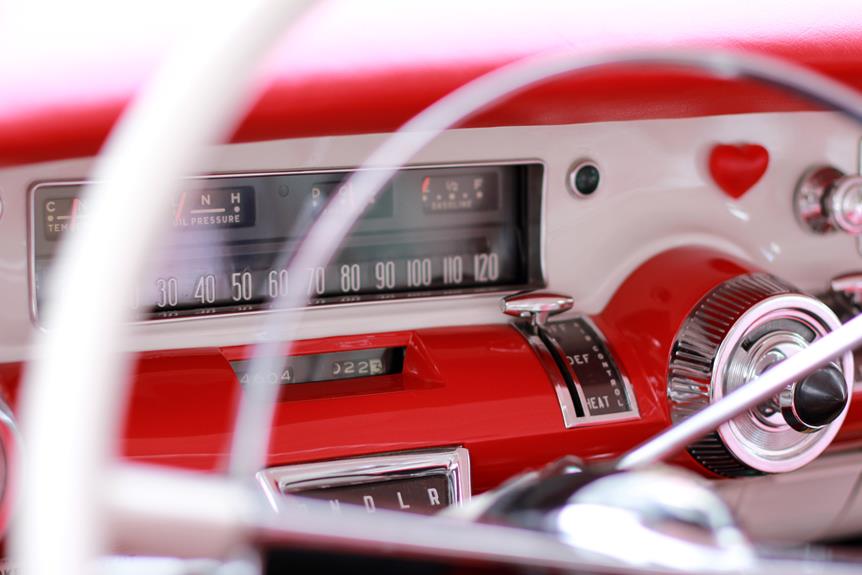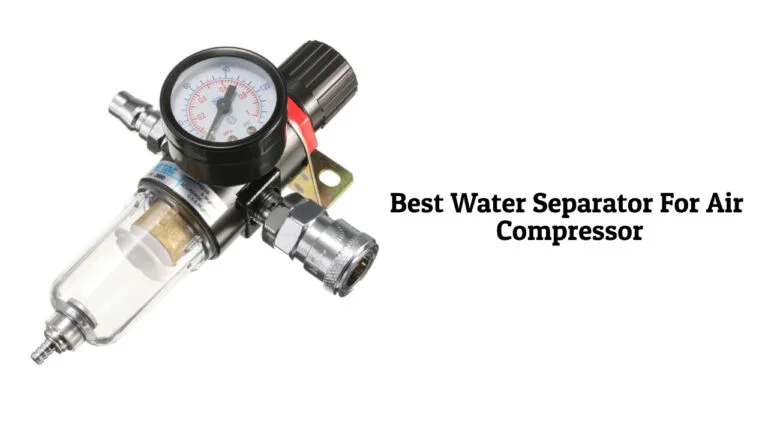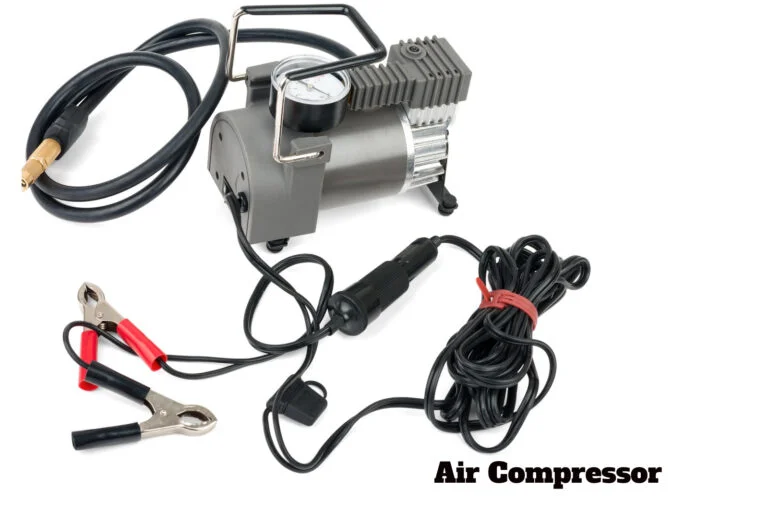Data-Driven Power: The Role of Performance Gauges
Like the pulse of a living organism, performance gauges serve as the lifeblood of a vehicle, providing critical data for optimal operation. This article delves into the world of these indispensable tools, elucidating their fundamental role, diverse types, and the interpretive skills required to read them. As we explore their impact on vehicle maintenance and future technological advancements, we navigate the data-driven power of performance gauges – the silent sentinels safeguarding our journey on the road.
Key Takeaways
- Performance gauges are essential tools for reading, analyzing, and interpreting data from a vehicle's systems.
- They provide real-time information about crucial functions, enabling informed decision-making and optimal vehicle operation and maintenance.
- Performance gauges play a crucial role in enhancing vehicle performance by monitoring parameters such as engine temperature, oil pressure, and fuel level.
- Interpreting data from performance gauges can help identify potential issues and prevent severe damage to the vehicle.
Understanding the Basics of Performance Gauges
To gain full comprehension of data-driven power, it is imperative to start with understanding the basic principles of performance gauges. These gauges are highly technical instruments, designed to read, analyze, and interpret data from a vehicle's systems. They are a critical aspect of any comprehensive data logging system that seeks to optimize performance and efficiency.
Performance gauges interact directly with key components such as the performance throttle position sensor. This sensor is responsible for monitoring the throttle's position and relaying this information to the vehicle's computer system, generating a rich data set for analysis. The data logging system then consolidates this data, along with other critical performance indicators, and uses it to fine-tune vehicle operations.
In essence, performance gauges are the eyes of the data logging system, capturing and interpreting raw data to allow for informed decision-making. They provide the necessary information to understand the vehicle's state of performance, thus playing a crucial role in achieving optimal output and efficiency. With a firm understanding of these principles, we can now proceed to discuss the vital role of performance gauges in vehicles.
The Vital Role of Performance Gauges in Vehicles
Performance gauges play a critical role in enhancing the overall performance of vehicles by providing accurate, real-time data about crucial functions. Their reliability is paramount as they facilitate informed decision-making, enabling optimal vehicle operation and maintenance. An in-depth analysis of how these gauges improve vehicle performance and the significance of their reliability forms our discussion in this section.
Gauges Enhancing Vehicle Performance
Vital to the optimization of vehicle performance, gauges provide real-time data that informs drivers about the status and condition of various vehicle systems. By constantly monitoring parameters such as engine temperature, oil pressure, and fuel level, they act as essential risk mitigators, preventing damage due to system failures. Specific gauges like the wideband oxygen sensor play a crucial role in maintaining optimum air-fuel ratio, enhancing combustion efficiency and ultimately, vehicle performance. In the realm of electronic stability control tuning, these gauges enable precise adjustments by delivering accurate data on steering angle and wheel speed. In essence, performance gauges, serving as the nerve center of a vehicle, liberate drivers by empowering them with comprehensive, timely information, thus enabling proactive decision making and enhancing vehicle performance.
Reliability of Performance Gauges
As we delve deeper into the subject, it's clear that the credibility and trustworthiness of these gauges are as important as their functionality, and without them, the accurate monitoring of a vehicle's performance would be significantly compromised.
- Performance gauges provide real-time data, enabling immediate response to any potential issues, thus preventing costly repairs or even catastrophic failures.
- The reliability of these instruments lies in their precision. A slight deviation in readings can lead to misinterpretation of vehicle performance.
- Lastly, durability is paramount. These gauges are subjected to harsh conditions, requiring robustness to ensure longevity and uninterrupted service.
These attributes liberate the driver from uncertainty, fostering confidence in their vehicle's performance. As we transition, let's now explore the various types of performance gauges and their functions.
Types of Performance Gauges and Their Functions
The industry's diverse array of performance gauges each serve unique functions, playing an integral role in the data-driven decision-making process. These tools offer incredible precision in assessing business performance, informing strategies and shaping operations.
Here is an overview of three types of performance gauges:
| Gauge Type | Function | Application |
|---|---|---|
| Key Performance Indicators (KPIs) | Monitors progress towards strategic objectives | Used across all business levels |
| Balanced Scorecards | Tracks financial and non-financial measures | Used for strategic management |
| Benchmarking | Compares performance against industry standards | Used for performance improvement |
Key Performance Indicators (KPIs) allow firms to track progress towards specific targets. Balanced Scorecards offer a holistic view of operations, integrating financial and non-financial metrics for comprehensive assessment. Benchmarking gauges enable enterprises to compare their performance against industry standards, identifying gaps and opportunities for improvement.
Understanding the functions and applications of these gauges is critical for data-driven decision-making. Their use can liberate companies from uncertainty, converting raw data into actionable insights. The judicious application of these gauges can drive operational efficiency, strategic alignment and ultimately, business success.
Interpreting Data From Your Vehicle's Performance Gauges
Interpreting data derived from your vehicle's performance gauges necessitates a comprehensive understanding of the readings' implications on the overall vehicle function. The ability to identify abnormal gauge indicators can assist in troubleshooting potential issues, preventing further complications. This analysis demands a technical approach, focusing on the correlation between gauge readings and the operational efficacy of the vehicle.
Gauge Readings Significance
Understanding your vehicle's performance gauge readings can significantly enhance your ability to maintain optimal vehicle performance and longevity. These gauges provide a wealth of data that, when correctly interpreted, can help you prevent unnecessary wear and tear, improve fuel efficiency, and ensure the safety of your vehicle.
- Oil Pressure Gauge: A low reading could indicate an oil leak or worn engine, which can lead to significant engine damage if not addressed.
- Temperature Gauge: Overheating can cause severe engine damage. Monitoring this gauge can help prevent such issues.
- Fuel Gauge: Running out of fuel can damage your fuel pump. This gauge helps avoid that risk.
Being able to interpret these readings is a form of automotive liberation, empowering you to understand your vehicle's needs better. Next, we will delve into troubleshooting gauge indicators.
Troubleshooting Gauge Indicators
With a focus on the role of performance gauges, this section will delve into the process of troubleshooting gauge indicators and effectively interpreting data from your vehicle's gauges. An in-depth understanding of your vehicle's gauge readings is the key to identifying potential issues early on, thus preventing potential damages and unnecessary expenses.
| Gauge | Possible Indication |
|---|---|
| High oil pressure | Potential blockage or oil is too thick |
| Low battery voltage | Faulty battery or alternator |
| High engine temperature | Cooling system issues or low coolant level |
The Impact of Performance Gauges on Vehicle Maintenance
Over time, the use of performance gauges has greatly influenced the practices and strategies associated with vehicle maintenance. These instruments have provided a more nuanced understanding of the machine's internal dynamics, enabling optimal performance and longevity.
Here are three key impacts of performance gauges on vehicle maintenance:
- Predictive Maintenance: Performance gauges have enabled a shift from reactive to predictive maintenance. By continually monitoring vehicle parameters, they allow identification of potential issues before they result in failures, thus enhancing vehicle reliability and reducing downtime.
- Efficiency Optimization: Performance gauges facilitate fine-tuning of vehicle systems to achieve optimal performance. For instance, fuel consumption gauges help in adjusting driving habits for better fuel efficiency, while temperature gauges maintain engine health by preventing overheating.
- Cost Saving: Timely detection and rectification of issues reduce the overall cost of maintenance. Performance gauges are instrumental in preventing major repairs and replacements, leading to substantial cost savings.
These impacts not only liberate vehicle owners from the shackles of unexpected breakdowns and hefty repair bills, but also contribute to a more sustainable environment through efficient resource utilization.
Future Prospects: Advancements in Performance Gauge Technology
As we delve into the future prospects, it is apparent that several advancements in performance gauge technology, encompassing smart sensors and predictive analytics, are poised to revolutionize data-driven power optimization. These innovations aim to enhance the accuracy, efficiency, and reliability of power systems, ultimately facilitating a better understanding of energy consumption patterns and enabling proactive decision-making.
The table below presents a snapshot of the future prospects in performance gauge technology:
| Technology | Purpose | Impact |
|---|---|---|
| Smart Sensors | Collect real-time data | Improved accuracy and reliability |
| Predictive Analytics | Analyze patterns and trends | Proactive decision-making |
| IoT Integration | Connect devices and systems | Streamlined operations |
| AI Algorithms | Automate data processing | Enhanced efficiency |
| Cloud Computing | Remote data storage and access | Increased scalability |
These advancements are not just about technological progress; they represent a shift towards a more data-centric approach in power system optimization. In essence, they are set to liberate users from traditional constraints, providing them with the tools necessary to manage and optimize their power systems in a more effective and efficient manner.
Frequently Asked Questions
What Is the Cost of Installing Performance Gauges in a Vehicle?
The cost of installing performance gauges in a vehicle can vary, depending on the brand, model and type. Typically, prices range from $100 to $400 per gauge, excluding labor charges for professional installation.
Are There Any Potential Risks or Drawbacks Associated With Using Performance Gauges?
Indeed, potential risks exist when using performance gauges. They can provide inaccurate data if not properly calibrated, leading to poor decision-making. Additionally, constant monitoring may cause distractions, jeopardizing the operator's safety.
How Can Performance Gauges Contribute to Energy Efficiency in Vehicles?
Performance gauges in vehicles provide real-time data on fuel consumption and engine efficiency. This allows drivers to modify their driving habits to optimize fuel usage, thereby contributing to overall energy efficiency.
Can Performance Gauges Be Installed in All Types of Vehicles or Are There Exceptions?
Performance gauges can be installed in most vehicle types, enhancing their energy efficiency. However, exceptions may exist due to varying technological capabilities or design constraints in certain specialized or older vehicle models.
Are There Any Specific Brands or Manufacturers of Performance Gauges That Are Considered Industry Leaders?
Indeed, certain brands stand out in the performance gauge industry. Companies like AutoMeter, AEM Electronics, and Innovate Motorsports are renowned for their technologically advanced, detail-oriented, and user-friendly performance gauges.
Conclusion
In conclusion, the relevance and indispensability of performance gauges in the automotive industry cannot be overstated. Ironically, despite their crucial role, their importance often goes unnoticed. They hold the potential to revolutionize vehicle maintenance and drive technological advancements, thereby altering the contours of the automotive landscape. Thus, the shadowy, underappreciated role of performance gauges today may very well be the beacon of progress tomorrow.







